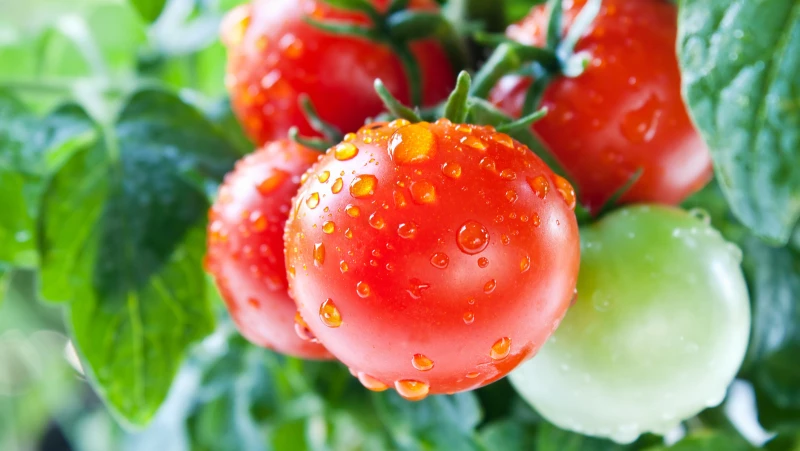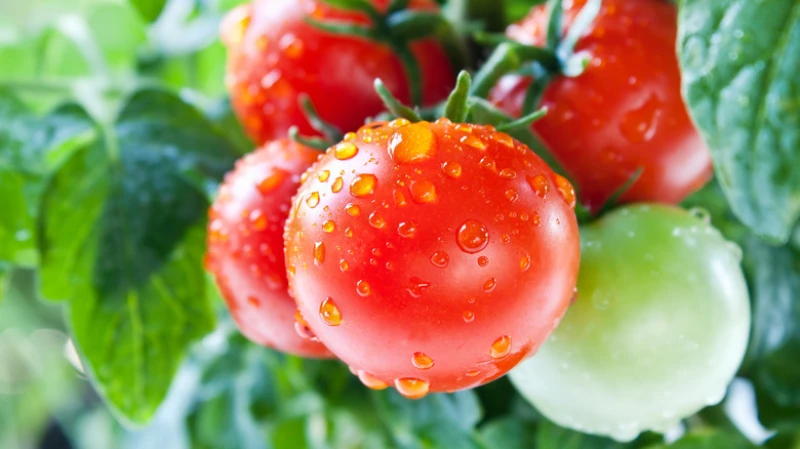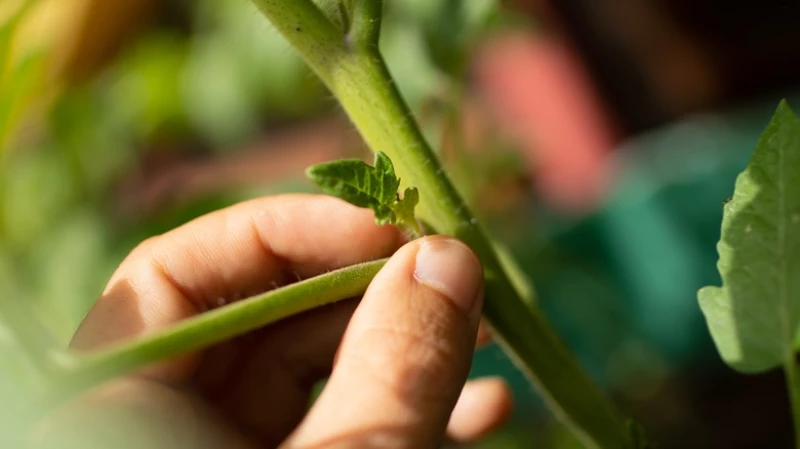Disappointment sets in when you realize that your cherry tomato plants have not grown as abundantly as you had hoped, and the growing season is already well underway. Whether it's due to limited space for starting multiple plants from seeds, fewer seedlings surviving than anticipated, or the reluctance to invest in multiple young tomato plants for transplantation, discovering a tomato plant shortage later in the season often leaves little room for starting new seeds. Fortunately, if you have one healthy cherry tomato plant, you can easily propagate more. All you need are some sharp shears, a glass of water, and a spot to plant the tomato once it's ready.
Propagating Cherry Tomatoes from Suckers
If you're looking to expand your cherry tomato plant collection, consider propagating them from suckers. Tomatoes are known for their ability to root easily from cuttings, and cherry tomatoes, in particular, are a great choice for this method. By pruning your cherry tomato plants, you not only promote better growth but also create opportunities for new plants to grow from the removed suckers. This simple technique can help you multiply your tomato yield without much effort.
Proper Pruning Technique
When it comes to removing suckers from your cherry tomato plants, it's essential to do it correctly. Avoid common mistakes like using blunt tools or pruning during unfavorable conditions. Identify the suckers, which are small shoots that grow between the main stem and branches, and remove them except for the ones below the lowest fruit cluster. The ideal size for propagating suckers is between 4 and 6 inches. Use sharp shears to cut them carefully without harming the main plant.
When you decide to propagate your tomato plant, start by cutting off the suckers and placing them in a cup or glass with 1 to 2 inches of water. Find a cool spot with plenty of light for the cup and remember to add water as needed to maintain a consistent level. Another method is using sand to propagate the plant, just ensure the sand stays moist for optimal growth. While a glass allows you to observe root development, the sand method works just as effectively. Within a few days, you should see roots forming, indicating the plant is ready to be transferred to soil.
Whether you choose to plant the tomato directly in the garden or start in a smaller pot, it's crucial to shield the young plant from direct sunlight during the establishment phase. Consider using a shade cover for protection. Once the cherry tomato plant is thriving, relocate it to its permanent spot with full sun exposure for optimal growth.









